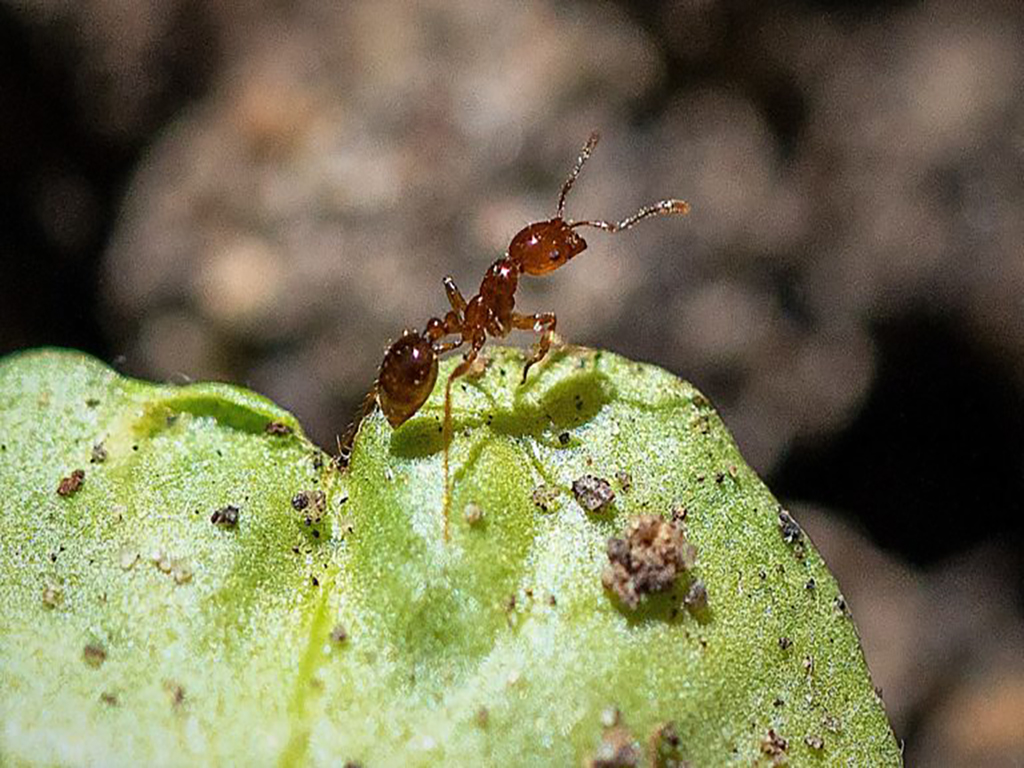Little ants, big city: Insects adapt to urban life by creating super-colonies with multiple queens among sidewalks and landscaping

A new study by Texas A&M AgriLife Research scientists showed a common ant species undergoes physiological and behavioral changes in unnatural settings.
“Consistent signatures of urban adaptation in a native, urban invader ant Tapinoma sessile,” published in Molecular Ecology, included work by principal author Alexander Blumenfeld, a former graduate research assistant; Ed Vargo, senior investigator and Endowed Chair of Urban and Structural Entomology; Anjel Helms, a chemical ecologist and assistant professor; and Pierre-André Eyer, postdoctoral research associate, all in the Department of Entomology.
“Urbanization is a growing habitat around the world, and it’s becoming more important for organisms to develop ways to live when their natural settings are disturbed,” Vargo said. “Studies like this look at important questions regarding this change, ‘Can they adapt to urban environments and how?’”
The study focused on Tapinoma sessile, a relatively small ant species commonly known as the house ant or sugar ant. It is the most common house-invading ant across the United States.
In its native environment, the house ant creates small, single-queen colonies typically found under leaf litter, rocks and logs, Vargo said. But in suburban/urban settings, these house ants build ever-expanding multi-queen colonies around man-made structures such as sidewalks, plant containers and landscape mulching.
Vargo said the study provides a broad range of scientific application related to biological and behavioral change spurred on by environmental conditions throughout the animal kingdom. It also could provide insights into how invasive species interact with environments new to them.
“The change is very similar to invasive ants once they move from their native range to an invasive range,” he said. “The idea is to better understand this syndrome in an ant species that can take a small, inconspicuous colony that then becomes an economic and ecological problem when damaging colonies get larger and larger.”
The study found that house ants in urban and natural areas showed adaptations that resulted in genetic concentration. Vargo said house ant queens in their natural habitat typically leave the colony they were born in, fly to another suitable location and attempt to establish a new colony. Queens in urban colonies stay in the nest and expand the colony rather than leave.
As a result, urban queens were closely related and less aggressive toward ants with genetic relation. Behavioral analyses showed ants in super-colonies were aggressive toward ants with outside genetics.
Additionally, polydomous colonies, which are ant colonies that are spatially separate but socially connected, were only present in urban habitats, Vargo said. This suggests house ants only create super-colonies in developed areas. Ants from different urban areas shared some genetic similarities, suggesting they are adapting to features that are common in the urban environment.

